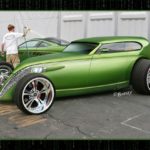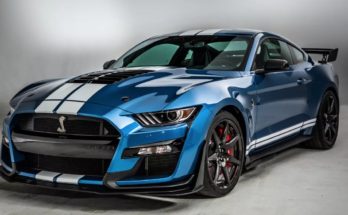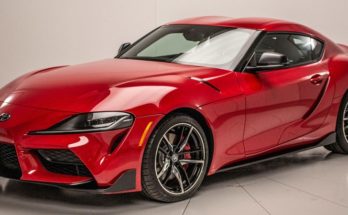While the Plymouth Prowler may have been marked a failure in one sense (the choice to utilize a V6 instead of a V8 engine has been touted as the main culprit for the vehicle’s low sales numbers and production output), it’s one of the most interesting, unique vehicles from a design perspective, and might in fact deserve another look.
In an interview with Road & Track’s Bob Sorokanich (which is a recommended read that you can find here), Tom Gale, former Chrysler design head, talked about the importance of the Plymouth Prowler as a concept car and an experimental vehicle that was twenty years ahead of its time. The heavy use of aluminum was far rarer in those days, and the Prowler was a chance to incorporate more of the metal to create a lightweight transportation option – it was built using techniques that were mostly geared toward smaller, lighter vehicles such as the Lotus Elise. This helps explain the decision to use a V6 instead of a V8 engine. The concept was for a more responsible vehicle made to look irresponsible, not the other way around.
Twenty years later, of course, aluminum cars were standard procedure, but it was too late for the Prowler. Manufactured for only a few years (1997, 1999-2002) and split between two companies (it later became the Chrysler Prowler), there are under 12,000 of the two-door roadsters in existence. It did, however, usher in an era of retro-inspired vehicles, such as the PT Cruiser, the SSR and HHR, Ford’s 2002 Thunderbird and 2005 Mustang.
We haven’t seen the last of the Plymouth Prowler, though – one pristine specimen has been sealed in a time capsule in Tulsa, Oklahoma, until the year 2048, at which time it will be returned to Chrysler. Perhaps it will inspire another return to vintage inspiration for the next generation of vehicles.
 " >
" >









